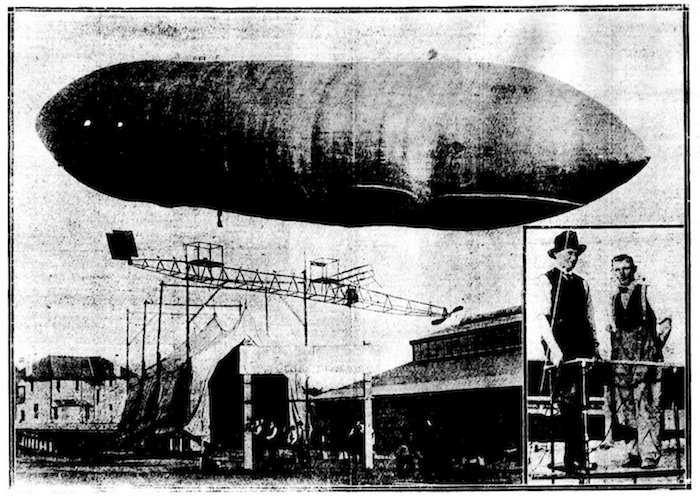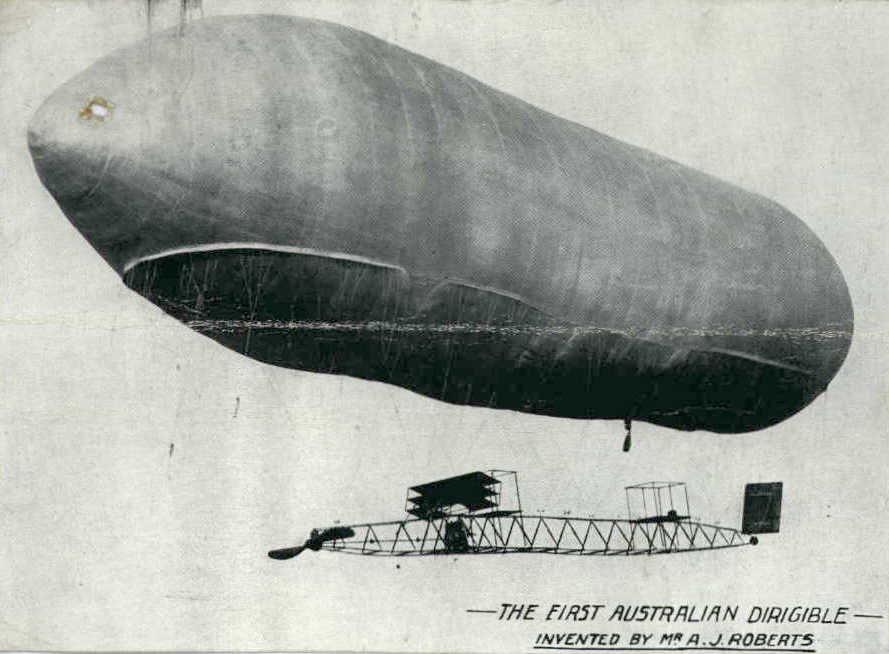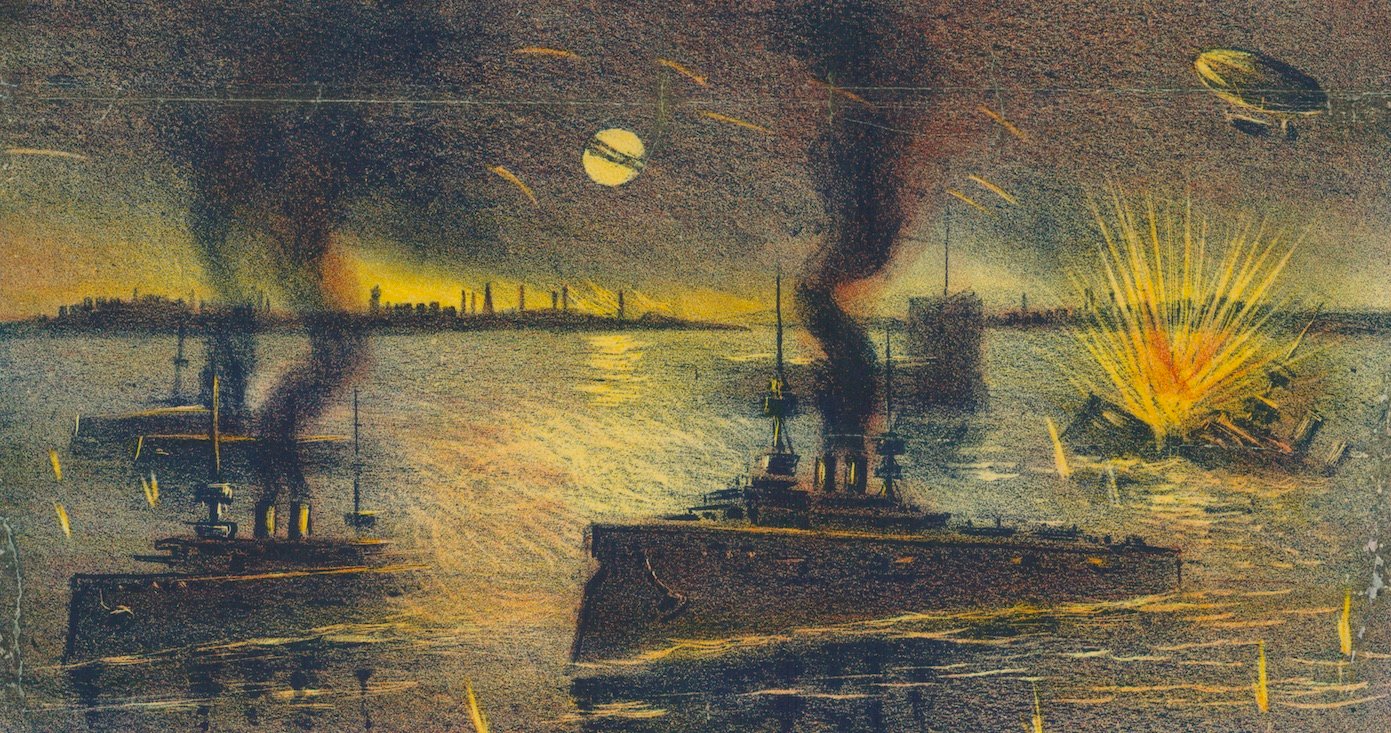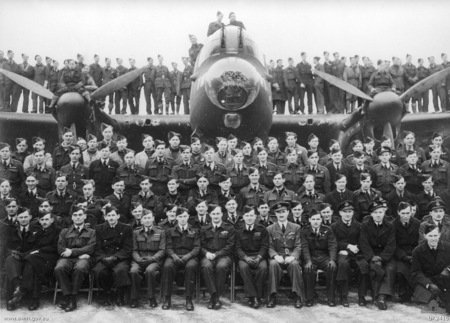The Australian airship of New Zealander Alban Roberts seems to have had only three outings, all in 1914. The first of these was a tethered test at the Sydney Agricultural Showground on 23 June, in which the envelope was filled with hydrogen, united with the nacelle, and ‘dragged into an open space, to undergo its first trial flignt’.1 The test was successful, in that the airship rose 80 feet into the air while carrying a passenger (Mrs Roberts), as far as the tethers would allow. This was reassuring, since a recent storm had allowed air to enter the envelope, displacing some of the hydrogen and lessening its lifting power. The airship was also able to move forward under its own power, again with someone on board (Mr Roberts, this time). However, this was not a particularly impressive feat: despite the near-complete absence of wind, and despite having detached everything detachable in order to counteract the loss of hydrogen, it was able to move no faster than ‘walking pace’.2 The airship also suffered some damage, when part of the nacelle collapsed under Colin Hall, Roberts’ chief mechanic. As he was some 30 feet up at the time, he had to clutch at the tethers until the airship could be pulled back down. At least this spectacle ‘provided a fund of excitement for the privileged onlookers’.2
At its next appearance, on 4 July, the Roberts airship flew untethered. But this too was not an unalloyed success. In fact, the first the Sunday Times heard of the flight were the ‘sensational reports’ of ‘an airship which was reported to be drifting helplessly over the city and out to sea’:
One enthusiastic news-gatherer rang up the office from Bondi and intimated that he had seen a human form hurtling to earth from the drifting gas-bag; while others stated that the vessel had been seen to crash to earth in the vicinity of Rushcutters Bay.3
These stories were not true; but it was true enough that Roberts had lost power after accidentally shutting the engine off. As he was the only person on board for this flight, to restart it would have required walking down to the other end of the nacelle, which in turn would have upset its balance (presumably because the counterweights were still left off after the tethered test). So, while he still had some control over when he came down, he had little over where. After floating over the Sydney Cricket Ground (watched by a crowd of more than 30,000, there to see an England-Australia rugby league test). Soon people nearby ‘heard cries for help coming from the drifting airship’.2
Fortunately, assistance was near at hand. Petty-Officer Frank Barter, of Garden Island, and Mr. Robert Crosby Wright were at the Vice-Regal Skating Rink (where the latter is employed). Both men heard Mr. Roberts’ shouting, ‘Get hold of the rope!’ ‘Get hold of the rope!’ They had been attentively watching the listless movements of the ship as she drifted helplessly towards the harbor, and they rushed into McLachlan Avenue, which the rink fronts. After the vessel had swung about just over the
roofs of the houses and came nearer to earth the pair together clutched the rope that dangled below the seat ccqupied by the aeronaut. As the ship came down to the roadway it collided with the electric wires carrying current into the Vice-Regal Rink. The wires fused, and two of them snapped.The bluejacket, a powerful man of average height, and his companion, who is of Herculean build, hauled in the rope; and brought the vessel to the ground, and Mr. Roberts stepped on to the roadway.
The petty officer got the ship lengthways, fore and aft, along the street, and soon a large crowd of interested spectators surrounded her.2
Fortunately Roberts was unharmed; the airship suffered only ‘a very small rent in the side of the gas-bag’, as well as the loss of about £25 worth of hydrogen when it was deflated in order to transport back to the Showground.2 But it could easily have been a disaster — he might have ended up in the harbour, and at one point, he was thinking of putting down in a field where a fire was burning. And as it was, he flew into live electrical wires! The press was not kind, one newspaper labelling it ‘A flight that failed’.4
The third and apparently final public trial of Roberts’ airship was in Melbourne on 3 October. On this occasion it had a nearly flawless flight. Again it flew from the local agricultural showground, but rather than Roberts, Captain Penfold, a well-known Sydney aeronaut, was at the controls:
At the word ‘Let go,’ away the airship flew over the fence, cleared the telegraph and electric tram wires, and headed for East Melbourne. Captain Penfold made the vessel turn head to wind towards the show grounds, perform several graceful circles and figure eights. Hie also made it climb and descend almost vertically. The wind was blowing 15 miles an hour when the airship left the show grounds, but soon increased to 30 miles an hour. As Captain Penfold considered that it would be dangerous to attempt to land at the Exhibiton oval, he turned and headed towards Broadmeadows camp. Here he reached an elevation of 2000ft. A sidewind was encountered at this stage. Noticing clear spaces below to his left, the airman headed for open ground. The engine was stopped, and the airship was brought earthwards.5
Some slight damage was sustained on landing, and then the airship was packed up, presumably for the return to Sydney.
I can find no evidence of any further public flights of Roberts’ airship; a second Sydney flight, in order ‘to encircle the Post Office tower’, seems not to have happened.6 According to Flight in 1916, Roberts ‘still owns a small dirigible airship, stationed out in Australia, on which he goes for an occasional cruise when his travels take him to that part of the globe’.7 If so, his flights don’t seem to have attracted the interest of the local press.
In a final post, I will discuss what Roberts called his airship, and what it might mean.
![]() This work is licensed under a Creative Commons Attribution-NonCommercial-NoDerivatives 4.0 International License.
Permissions beyond the scope of this license may be available at http://airminded.org/copyright/.
This work is licensed under a Creative Commons Attribution-NonCommercial-NoDerivatives 4.0 International License.
Permissions beyond the scope of this license may be available at http://airminded.org/copyright/.
- Maitland Daily Mercury, 24 June 1914, 5. [↩]
- Ibid. [↩] [↩] [↩] [↩] [↩]
- Sunday Times (Sydney), 5 July 1914, 9. [↩]
- Daily Herald (Adelaide), 6 July 1914, 5. [↩]
- Examiner (Launceston), 8 October 1914, 3. [↩]
- Darling Downs Gazette, 8 July 1914, 7. [↩]
- ‘Distant control of aircraft by whistling’, Flight, 21 September 1916, 808. [↩]






Damn, once again twitter hit me with a spoiler!
Pingback: Australia and the airship — III – Airminded
Just as well, really, given how long you would have been waiting otherwise!